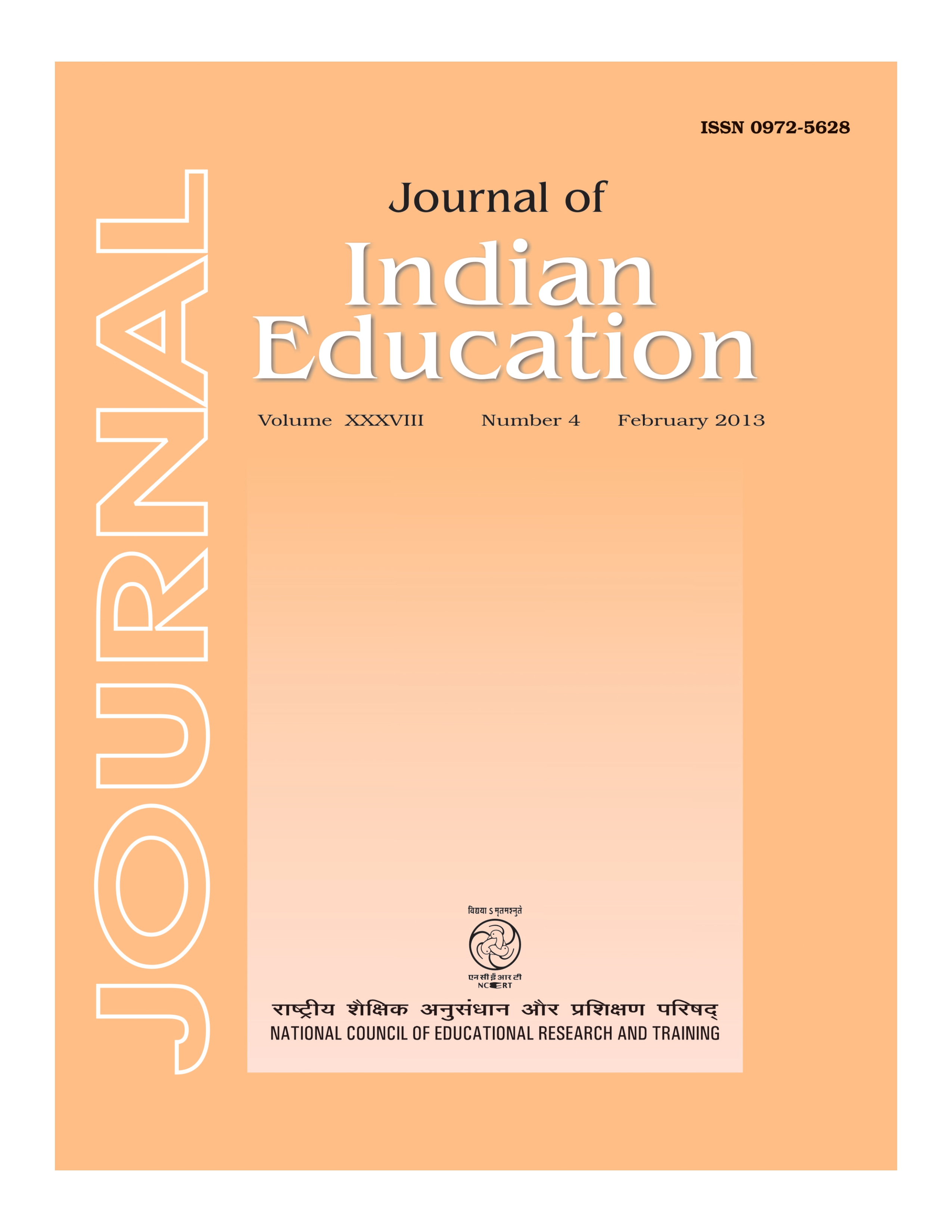Published 2024-12-03
Keywords
- Politics and Equality,
- Economic Reforms,
- Indian Democracy
How to Cite
Abstract
Democratisation in former colonial states has been inconsistent and erratic. India’s success in building a vibrant democracy remains unequalled in the postcolonial world. Indian democracy has endured and has been widely admired, not the least because it is one of the poorest countries in the world in terms of per capita income or it is the world’s largest liberal democracy. Indian democracy has succeeded against considerable odds: low income, widespread poverty, and illiteracy. Disparities remain widespread; in fact, there was evidence of widening inequalities since the introduction of economic reforms in the early 1990s along a variety of dimensions: rural-urban, region, class and community. The overall failures are manifest in areas such as employment, public education, public health, and the provision and maintenance of public services. This article examines India’s democratic experience and how it responded to the challenges of inequality. It does not offer a comprehensive account or stocktaking of India’s democratic experience and its impact on inequalities or the broader relationship between democracy and development. More specifically, it examines the interface between politics and equality, and attempts to situate social and economic inequalities and the process of development in the context of the transformation that has taken place in the past two decades, to explore the interaction between the two processes and assess its impact on inequalities. While discussing the relationship between democracy and inequalities, the focus is on state capacity or what has been done to reduce inequalities and poverty while also paying attention to how inequalities influence Indian politics and how the latter impacts the struggle against inequalities. It raises the broader question of how such dramatic inequalities could persist in a democracy in which voters create pressure for improved outcomes. How do we explain the persistent gap between the outcomes that people expect and the government’s capacity to improve their well-being?

